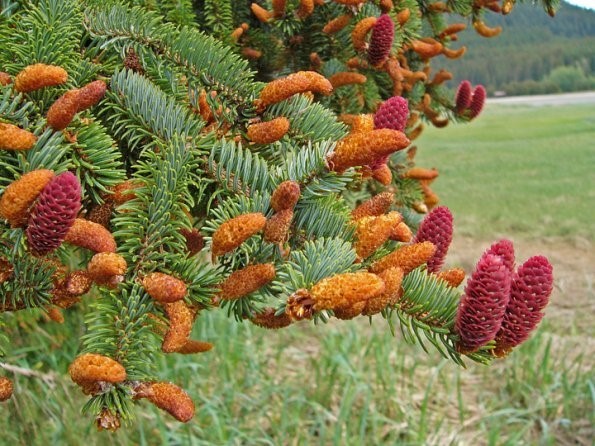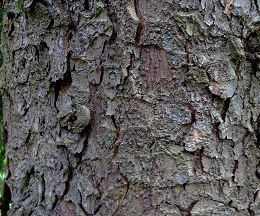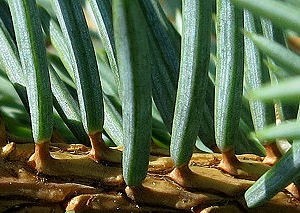Picea pungens
The blue spruce is native to scattered regions in New Mexico, through Colorado and Utah, to Wyoming.
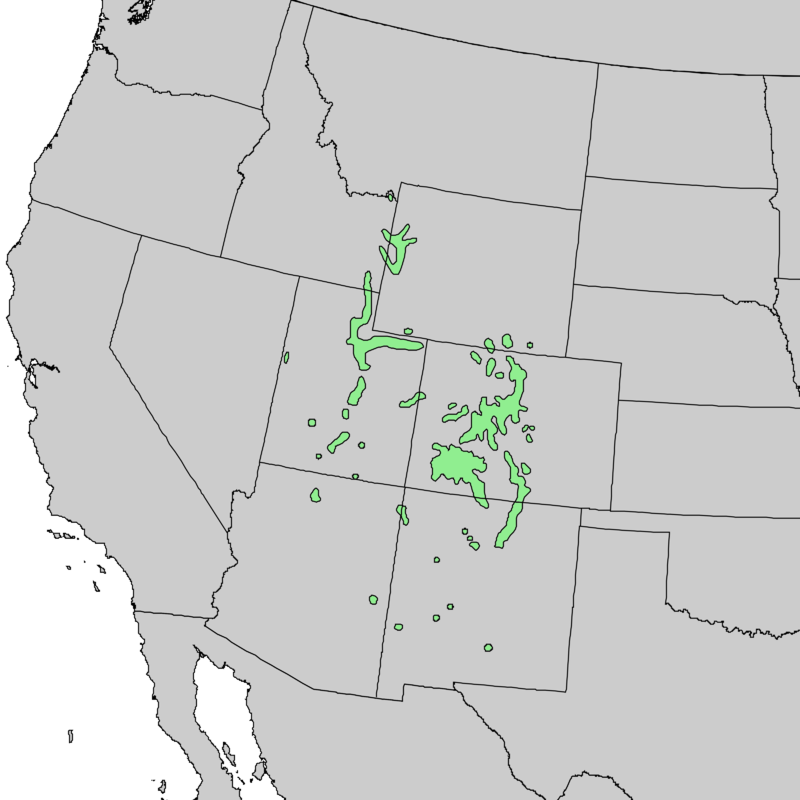
The blue spruce is one of the most popular evergreens and is the most common tree on the St. Paul campus of St. Thomas. It grows at a slow to medium rate and tends to grow about 1 to 2 feet each year. It usually reaches heights of 50 to 75 feet at maturity and a width of 10 to 20 feet. This tree is popular because it grows well when it is still young, and has a distinct silvery-green color that it maintains throughout the year. It has a more profound and wide-spread root system making it more wind resistant than other spruces. The blue spruce is home to many small birds including siskins, nuthatches, and crossbills.
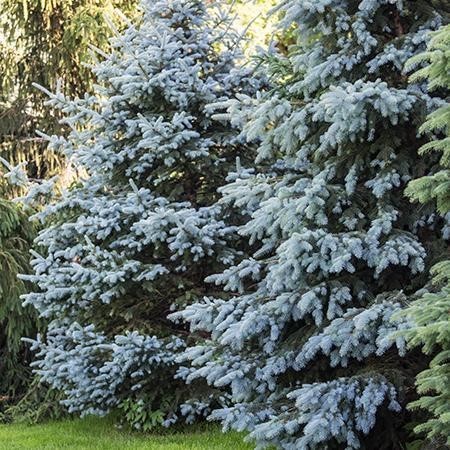
The branches of the blue spruce are whorled and can either point slightly upward or droop downward. The twigs tend to be stout and a yellowish-brown color without hair. The bark is thicker and is gray/brown at maturity with furrows, ridges, and a slight scaliness. The needles stay green year-round and come from all angles of the twig. They are usually 1.5 to 3 centimeters longer and are stiff and have a sharp end.
The cones are green or purple when they first grow and turn a woody brown as they mature. They tend to be 5 to 12 centimeters long and have an oval shape that has diamond shaped scales. The seeds are small and have a winged shape to enable wind dispersion. The male cones are smaller than the female cones and have a yellow/red color, and they release the pollen.
